
July 2016
- FALL PROTECTION: Working at Height: Fall Protection Safety Starts with the Correct Equipment
- FALL PROTECTION: What Happens After the Fall?
- INDUSTRIAL HYGIENE/HAZMAT: How Industrial Hygienists Assist in Rail Emergencies
- RESPIRATORY PROTECTION: Understanding Requirements of an OSHA Respiratory Protection Program
- EMERGENCY EYEWASH & SHOWERS: The Value of Wireless Alarms and Monitoring Systems on Emergency Equipment
- GHS/SDS: Six Tips for Health Care Facilities and Labs to Ensure GHS Compliance
- GHS/SDS: GHS Training: Passing Deadlines Don't Mean the Work is Over
- CONSTRUCTION SAFETY: Five Simple Extension Cord Rules to Improve Work Site Safety
- CONSTRUCTION SAFETY: A Fall Protection Guide to Working at Heights
- CONSTRUCTION SAFETY: Why the Construction Industry Needs to Adopt Leading Indicators
- EMERGENCY RESPONSE: It Will Never Happen to Us
- FACILITY SAFETY: Texas City and Buncefield: Will We Ever Learn?
- HEAD PROTECTION: A World of New Choices
- SAFETY MANAGEMENT: Safety From the Emotional Side
Cover Story
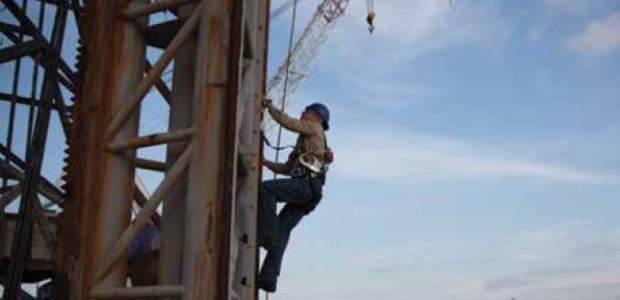
By Tom Dillon
Tempting as it may seem in the “real world,” fall protection choices should never be influenced by convenience alone.
Features

By Irving G. Jacob
When people feel safe, creativity flourishes and problem solving is simplified. Issues are addressed on a timely basis rather than being swept under the rug or put off till they become crises.
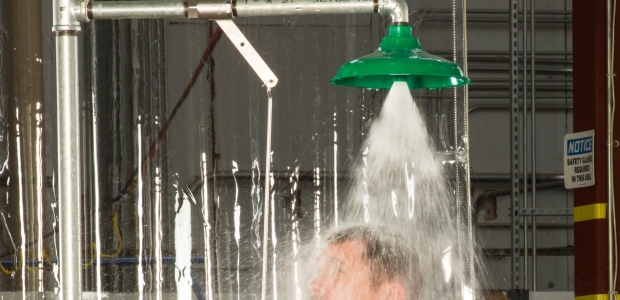
By Casey Hayes
Not only will these systems help to ensure employee safety, they can make it easier for facilities to stay in compliance with OSHA and ANSI standards.
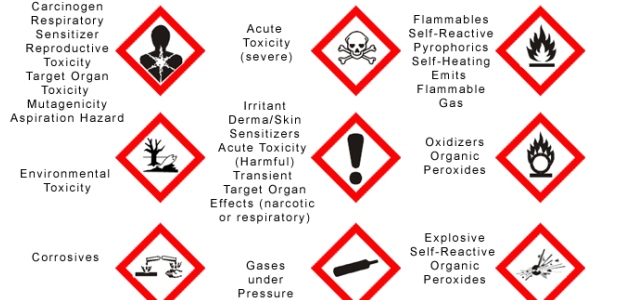
By Glenn D. Trout
Employers can see that employee training, while part of the first and final deadlines in OSHA's GHS transition period, is actually an ongoing obligation.
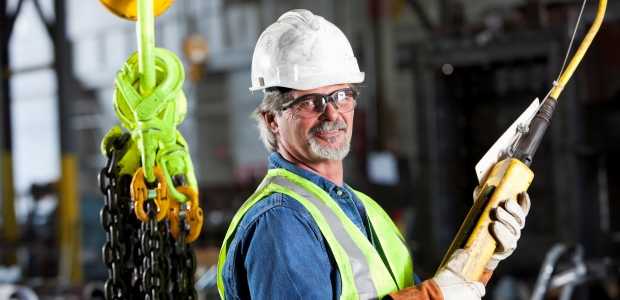
By Matt Block
Traumatic brain injuries account for 22 percent of all work-related injury fatalities. This is clearly an issue that needs to be addressed.
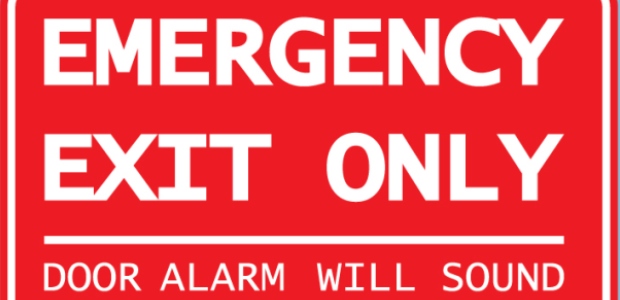
By Dave Carter
Emergency response preparedness for "not if" but "when" requires a dynamic and effective training program.
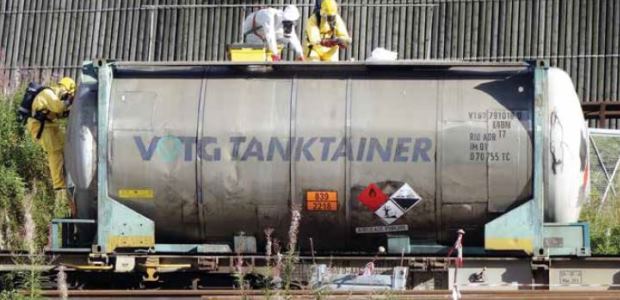
By Jerry Laws
Speaking at an AIHce 2016 session, several experts said industrial hygienists are well suited to anticipate, recognize, and respond to the hazards and to control the risks using science-based methods.
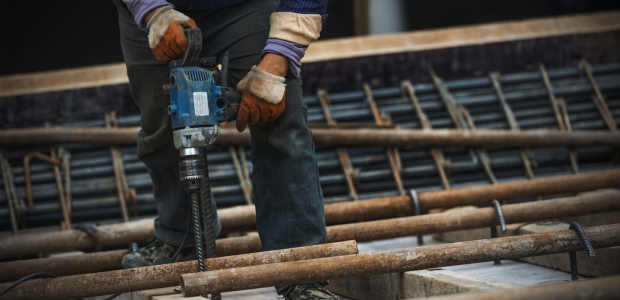
By Josh LeBrun
Continuous improvement and evolution of leading indicators will help your organization continuously improve safety records and reduce risks.
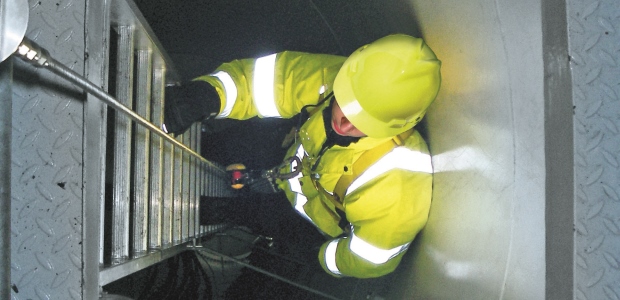
By Chris Irwin, Grant Grasha
Waiting until the victim has fallen and is waiting to be retrieved is the wrong time to be making decisions about how to safely get the worker down.
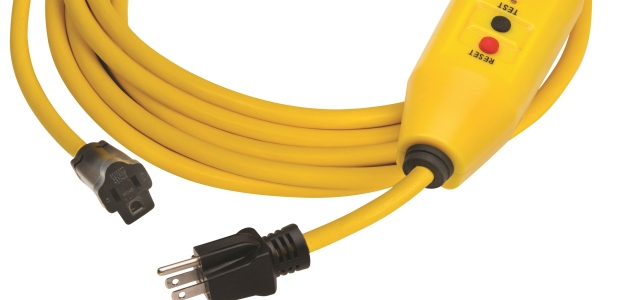
By Vlad Konopelko, Paul Piekarski
Identifying GFCI use with extension cords is one of the best and easiest steps when inspecting a job site for safety.

By Peter Burnham
In the absence of automated fall detection, a buddy system, along with a mindful approach where workers remain aware of each other, is called for because an undiscovered victim is a tragedy in the making.
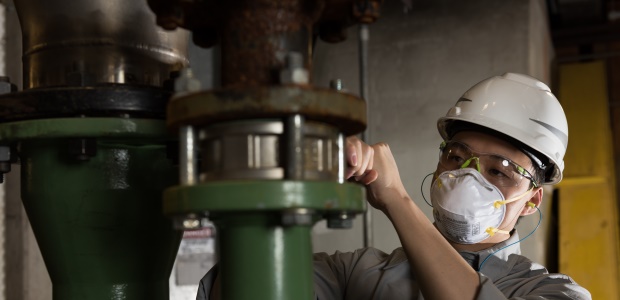
By Scott Larson
If there is no way through engineering or administrative controls to get exposure to acceptable levels, respiratory protection must be provided.

By David Dana
These incidents evoked a paradigm shift in organizational behavior and influenced the creation and enforcement of new legislation to prevent similar situations from happening.
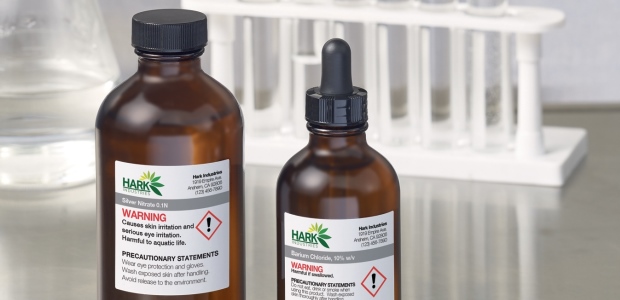
By Del Williams
Flexible, lower-cost options enable printing durable, appropriately-sized GHS, HMIS, NFPA, or hybrid labels on demand for smaller “down-packed” chemical container labels.
Departments
By Shawn M. Galloway
When communicating your strategy, your audience must be able to see themselves as actors within the strategy.
By Robert Pater
The key is to incorporate an easy-to-do, specific approach.
State Farm paid more than $118 million as a result of 3,181 dog-related injury claims in 2015.